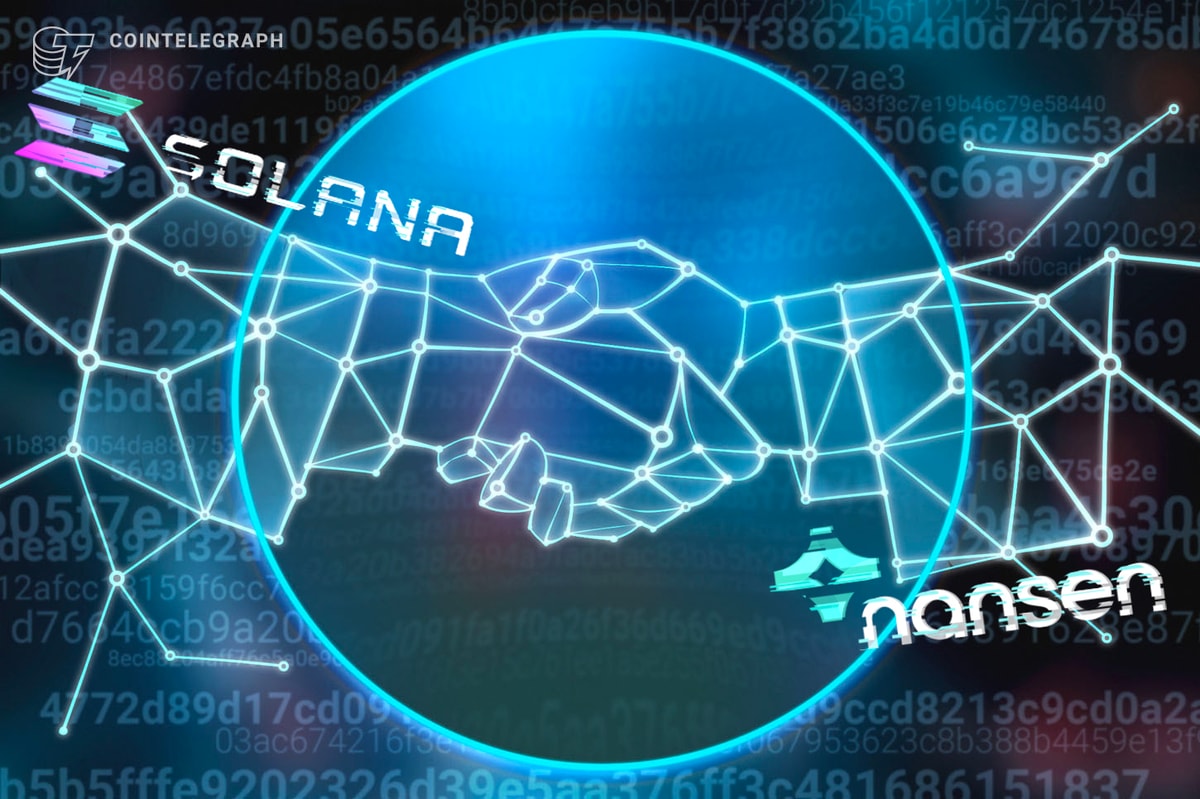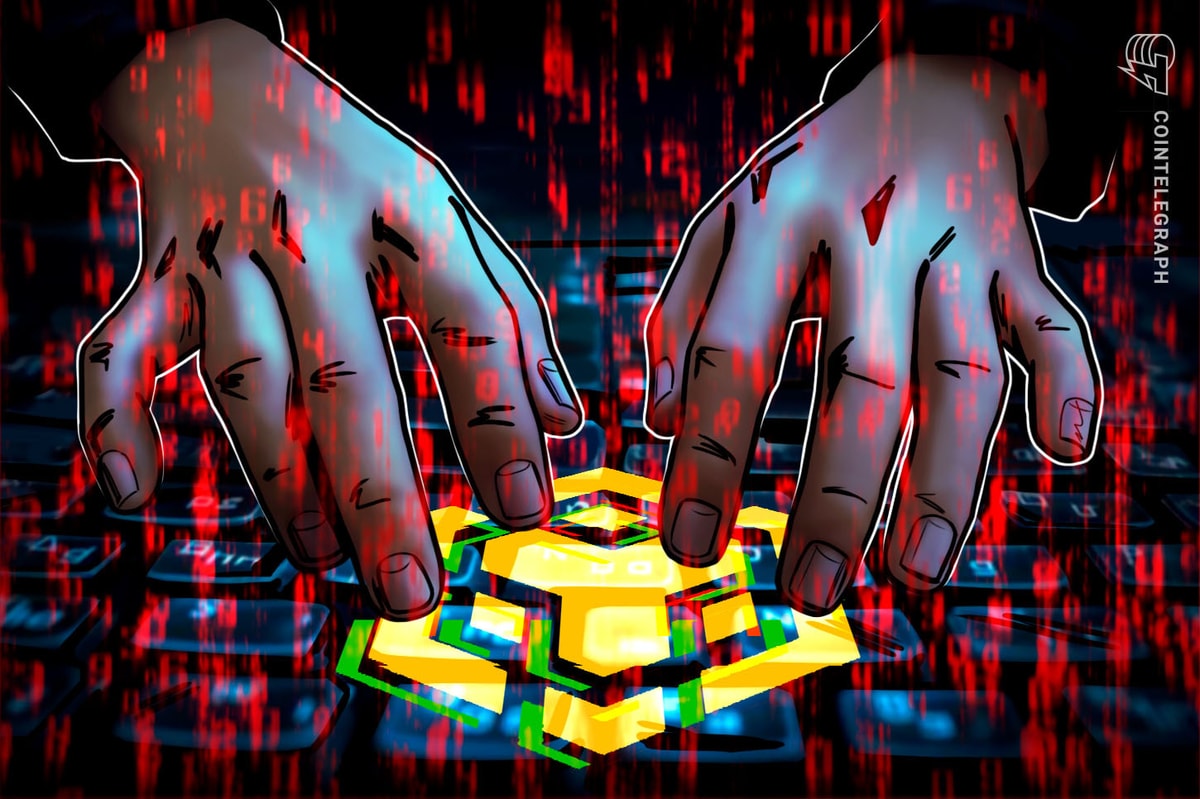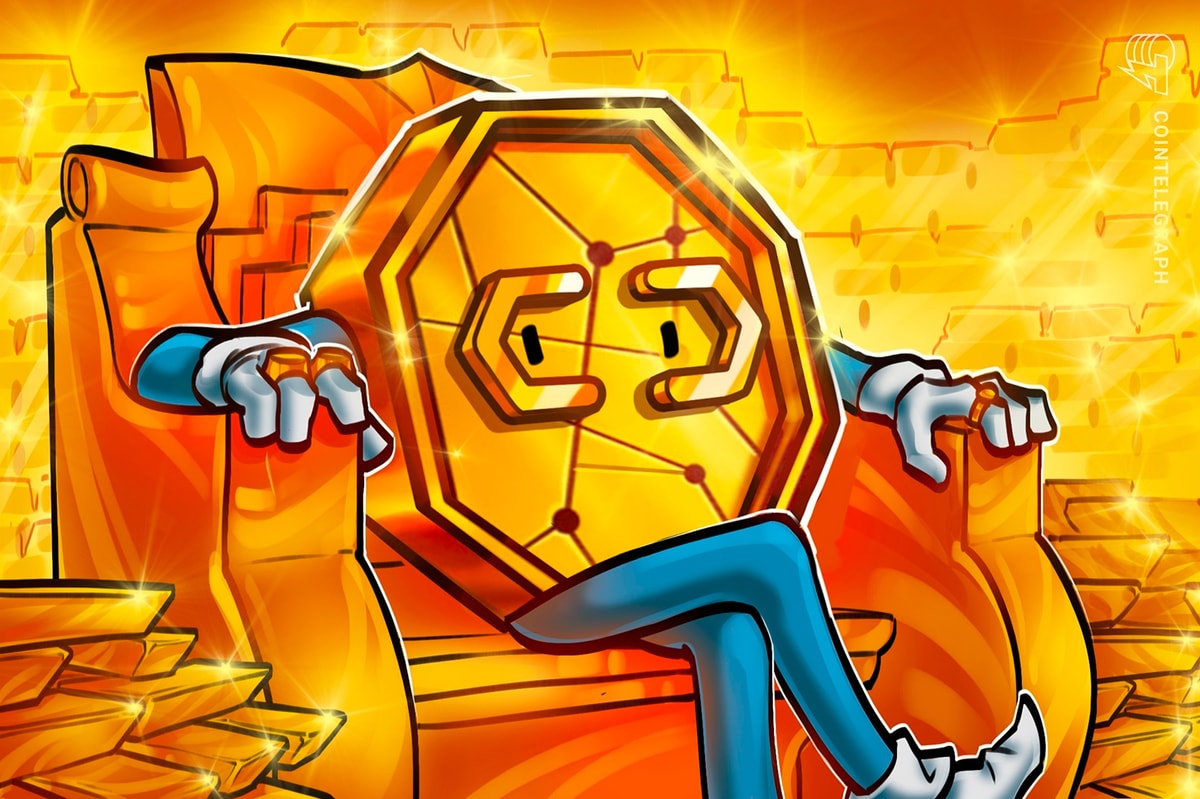Plucky traders, blockchain sleuths and memecoin enthusiasts with an eye on the Solana ecosystem can soon tap into in-depth analysis tools launched by Nansen.
The blockchain analytics platform, which has garnered a reputation for its Web3 wallet labeling and data analysis tools, has officially launched support for the Solana blockchain.
🤔Why is it so difficult to do onchain analytics for @solana?
— Gareth Jenkinson (@gazza_jenks) October 17, 2024
The TL;DR according to @nansen_ai CEO @ASvanevik 👇
Solana is a high-throughput blockchain, and it has an “insane amount of data volume.”
I caught up with Nansen’s co-founder this week, who explained the two… pic.twitter.com/XSQ9ZcQkjU
The new offering provides advanced tools to track wallet movements, monitor token balances and explore Solana’s burgeoning decentralized finance (DeFi) and non-fungible token (NFT) ecosystems. Cointelegraph spoke exclusively to Nansen co-founder Alex Svanevik ahead of the release, which will be available to Nansen users.
Svanevik told Cointelegraph:
“The TL;DR is we’re adding Solana to Nansen. It’s been a long time coming, but we finally got there. We spent an insane amount of time to get this to production.”
As Svanevik explained, Nansen users will have access to token and wallet analytics at a sophisticated level:
“You’re going to be able to see what are the addresses that are actually making the most money that have the most the highest profit-and-loss, what are the addresses that you might want to follow and potentially copy trade,” Svanevik said.
Solana analytics is “super difficult”
Nansen’s Ethereum Virtual Machine (EVM) blockchain analytics tools have been around for a number of years and provide various tools for tracking tokens, wallets and traders. Do you wonder where Vitalik Buterin is sending tokens? Nansen has that wallet labeled.
The advent of Solana in early 2020 saw the layer-1 touted as a potential “Ethereum killer.” In a previous exclusive interview with Cointelegraph, Solana’s co-founder Anatoly Yakovenko said the protocol has a different raison d’etre focused on high-throughput, low-latency blockchain use cases.
Related: Man and machine: Nansen’s analytics slowly labeling worldwide wallets
At a technical level, Solana is drastically different from Ethereum. This means that providing in-depth data analytics is no mean feat, which is why Nansen took over one year to polish its new integration, according to Svanevik:
“Solana is a completely different chain under the hood and it's actually super difficult to integrate because of the data volume and the differences with EVMs.”
Svanevik explained that because Solana is not an EVM, its data formats and taxonomy are completely different from Ethereum-based chains. As a result, Nansen could not just apply the same technology to integrate the data as it would with an Ethereum layer-2 protocol:
“The second reason is it just has an insane amount of data volume. Solana is a highly used chain and it has really high throughput. Activity has just been exploding on Solana over the last few years, which means that it generates tons of data,” Svanevik said.
Related: Solana’s genesis story: Anatoly Yakovenko’s vision for a high-performance blockchain
Nansen’s CEO added that the challenge has been serving analytics in a low-latency manner, which required exhaustive time spent tuning queries. Part of this effort has been ensuring that Nansen’s Solana analytics provide the entire history of onchain activity, not just snapshots of specific timeframes.
Memecoin mastery?
The launch of Nansen’s Solana integration comes at an interesting juncture. Memecoins have been a major theme in 2024 with hundreds of millions of dollars being invested into largely speculative, community-launched tokens and projects.
When asked whether the integration of Solana analytics could have a profound impact on the ability of speculative investors to amplify memecoin gains, Svanevik said that these tools could give an edge to what has largely been a sentiment-driven movement:
“Memecoins, let’s be honest, they don’t have any fundamentals, there’s no white paper to be read. There’s nothing to understand about the actual coins. The only thing you need to care about is what people are doing with these coins onchain.”
Svanevik added that users can see which addresses have bought specific tokens, which could allow investors to avoid certain tokens and find others with greater potential returns.
Magazine: Memecoins: Betrayal of crypto’s ideals… or its true purpose?











